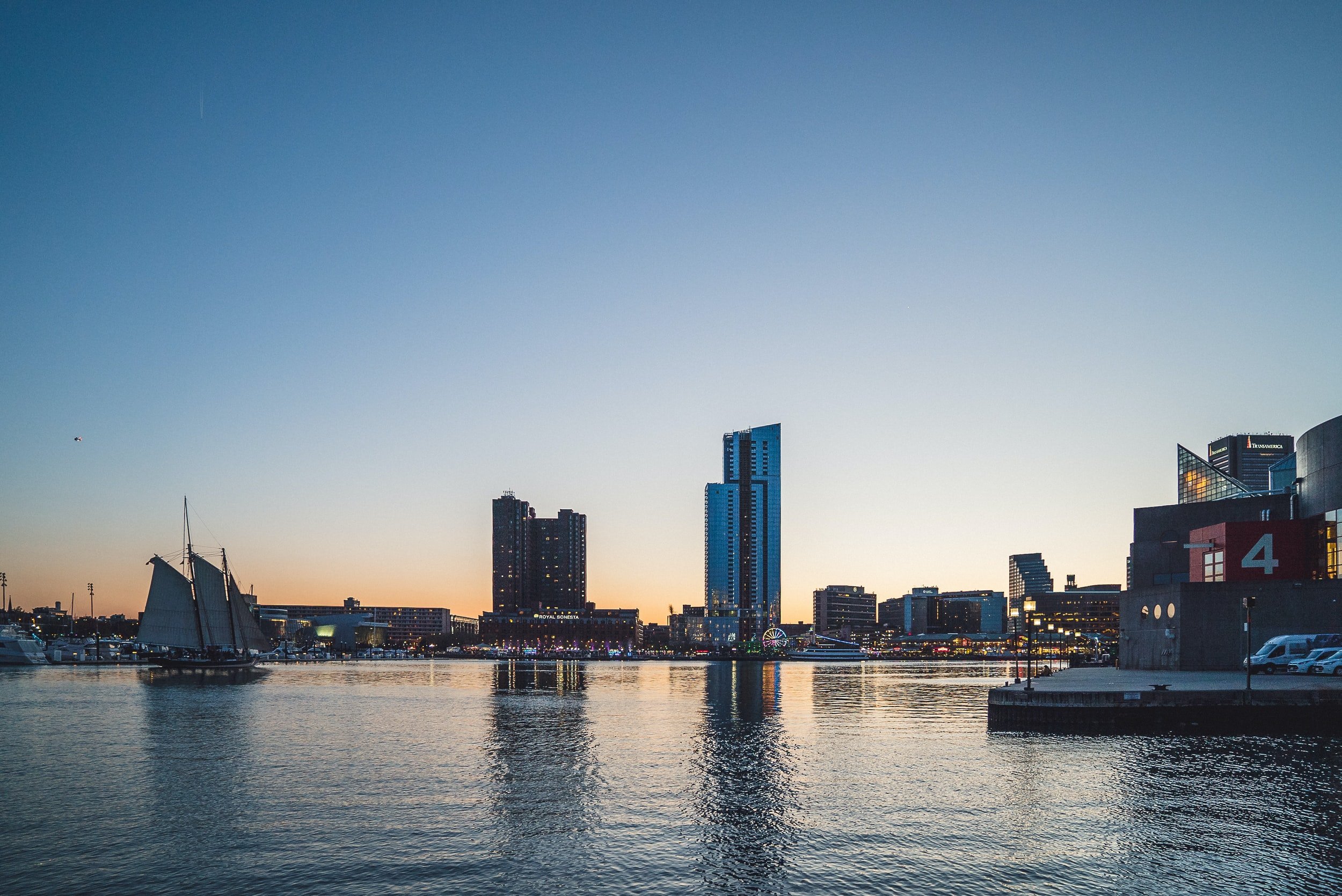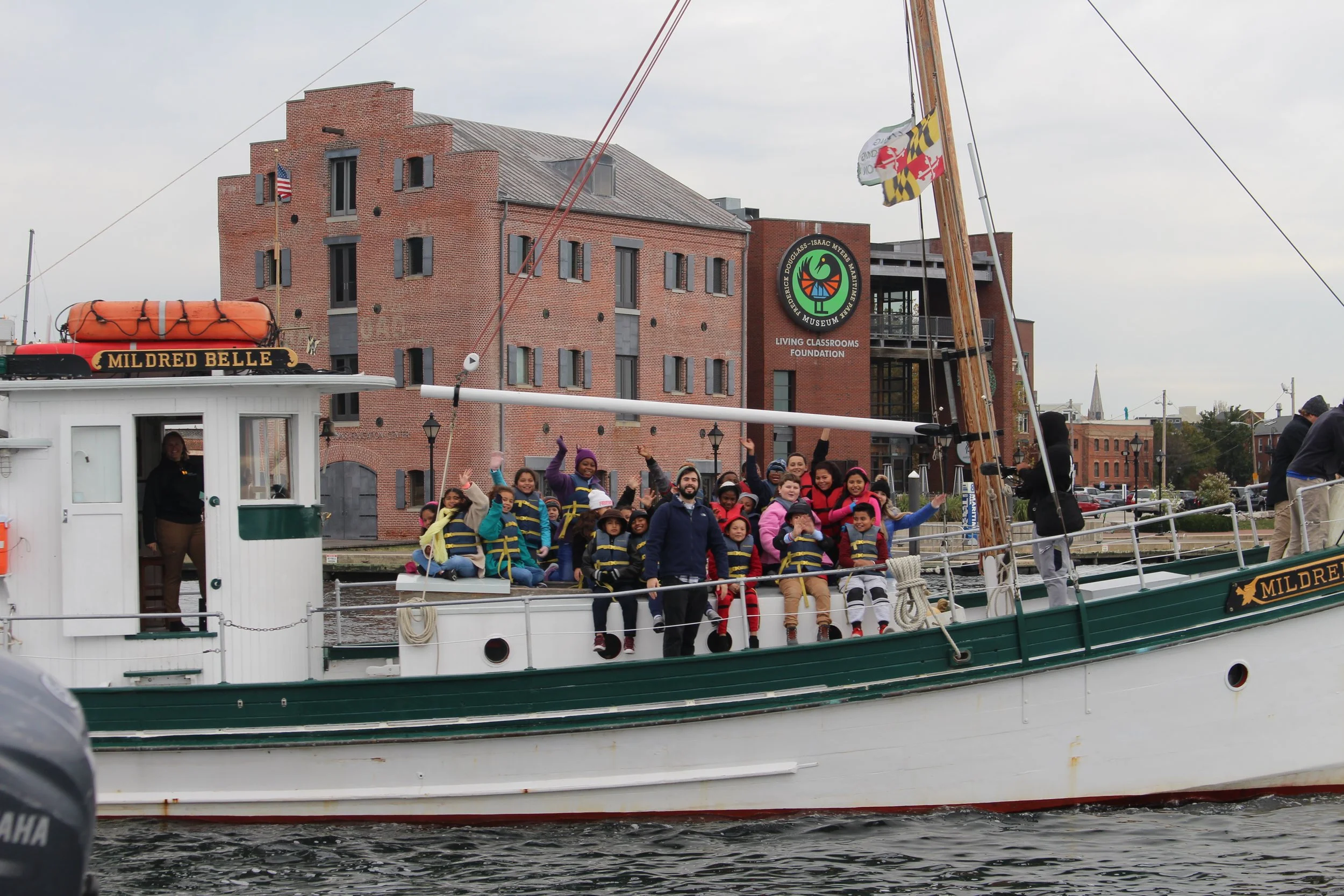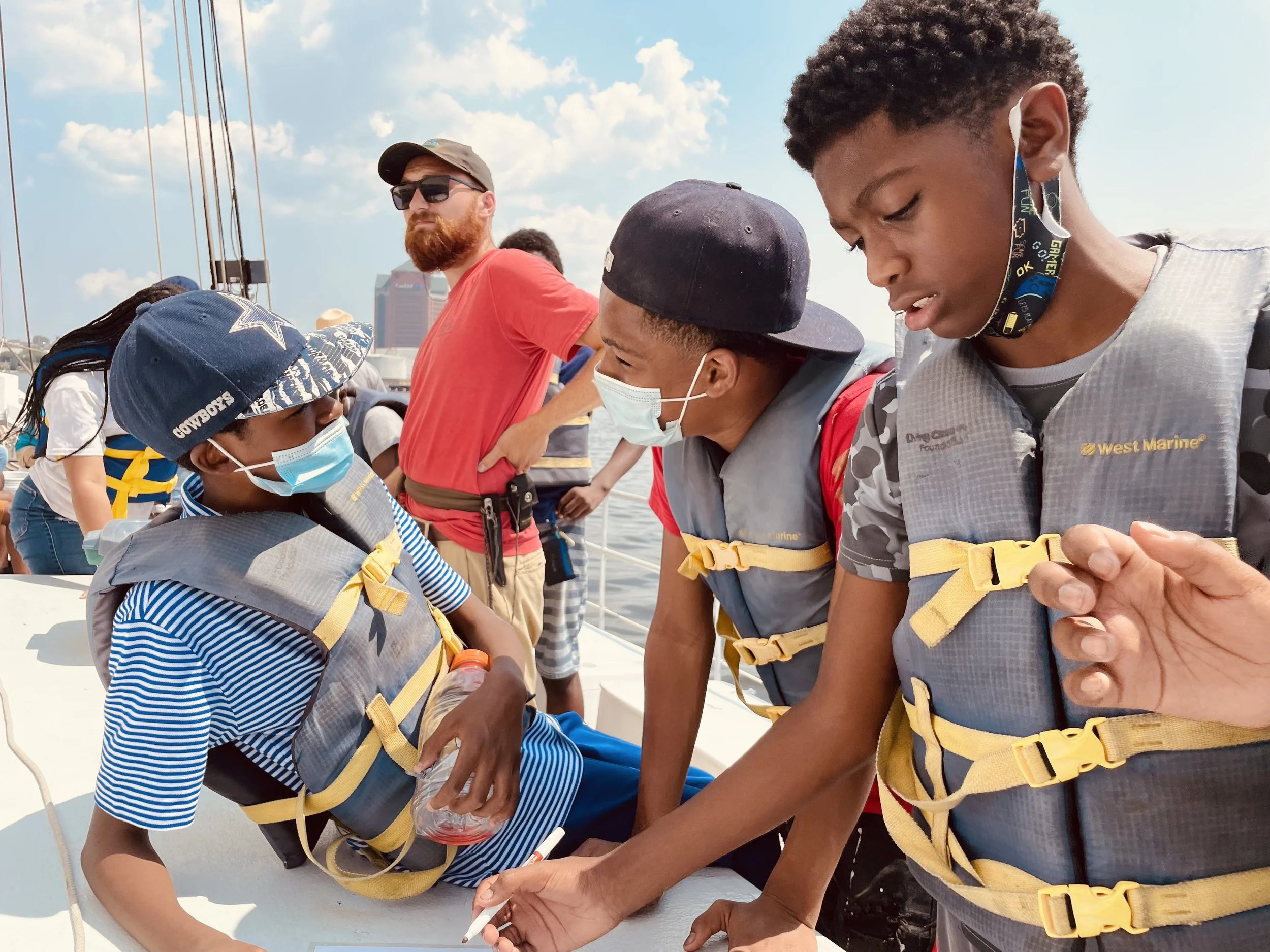Maritime Education
About
Maritime Education has provided students with unique, hands-on programs since 1985. These dynamic, “learning by doing” programs emphasize applied learning in math, science, social studies, language arts, and social skills and range in length from one-day expeditions for school and youth groups to extended shipboard and land/sea programs. Participants see how academic skills are used in the real world. Leadership and teamwork are key objectives as students work together to raise and lower sails, trawl for marine life, perform scientific tests and explore the commerce, history, natural resources, and ecosystems of the Chesapeake Bay.
Programs
-
Info Coming Soon!
-
Info Coming Soon!
-
Info Coming Soon!
-
Info Coming Soon!
-
Info Coming Soon!
-
Info Coming Soon!
our boats
-
LADY MARYLAND is an authentic reproduction of a Chesapeake Bay pungy schooner. Beginning in the early part of the 19th century, pungies were considered to be among the fastest of all Bay watercraft. They were frequently employed in the carriage of perishable cargoes – such as fruits, vegetables, and fish – throughout the region. Similar in design to the famous Baltimore Clippers, pungies were noteworthy for their speed, maneuverability, beauty, and brightly colored green and pink topsides.
LADY MARYLAND is the only pungy schooner in existence today. Built in 1986 by a team of shipwrights and students, she was the first hands-on learning project undertaken by Living Classrooms Foundation. Sailing with thousands of students each year, LADY MARYLAND travels between the Chesapeake region and New England every season to continue her work as a “living classroom.” Students of diverse backgrounds and abilities “learn by doing” as they explore the unique ecology, history, and economics of the Chesapeake Bay and coastal regions.
Length overall 104’
Rig height 92’
Length on deck 72’
Beam 22’
Gross tonnage 60 tons
Draft 7’6”
-
SIGSBEE is a Chesapeake Bay skipjack, an indigenous vessel designed and built to dredge for oysters. Once numbering in the thousands, only a handful of skipjacks survive today. Together, they constitute the last sailing commercial fleet in North America.
Originally built in 1901, SIGSBEE served in the oystering fleet for 88 years. After Living Classrooms Foundation acquired the vessel in 1990, a team of shipwrights and students rebuilt SIGSBEE and returned her to work as part of the Foundation’s educational fleet. SIGSBEE sails daily as a “living classroom,” offering students unique hands-on opportunities to observe and learn about the history, economics, and ecology of the Chesapeake Bay and to participate in environmental restoration projects.
Length overall 75’
Sail area 1,500 sq. feet
Length on deck 49’
Beam 16' Draft 4’ (centerboard up)
9’6” (centerboard down)
-
MILDRED BELLE is an authentic Chesapeake Bay “buyboat”. Buyboats are an important part of the Bay economy. They serve as “middlemen” on the bay, purchasing fish, crabs, and oysters directly from fishing vessels working under sail and then transporting the catch to market. This allows the sailing fleet to continue to work.
Originally built in Odd, Virginia in 1948, MILDRED BELLE worked the Bay for many years hauling fish, crabs and oysters to market, dredging for crabs in the winter, trawl fishing, and even pioneering sport fishing off the Virginia Capes and Cape Hatteras, NC. Having been rebuilt and certified to carry passengers, she continues to work the Chesapeake Bay, sailing as a “living classroom” for the Living Classrooms Foundation. From April until November, she runs single-day and multi-day educational programs with students of all ages, backgrounds, and abilities. These programs provide students with unique hands-on learning opportunities and focus on the history, economics, and ecology of the Chesapeake Bay, Anacostia, and Potomac Rivers.
Length 54’
Draft 4’5”
Gross Tonnage 23 tons
Beam 15’
Locate Us
1417 Thames Street
Baltimore, MD 21231

Contact Us, Donate, or Volunteer
Have a question about Maritime Education? Contact us below and a member of our team will be in touch shortly.










